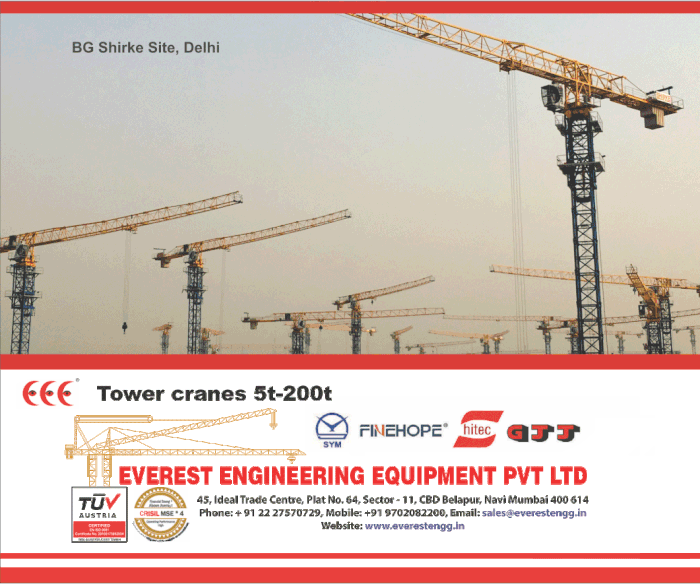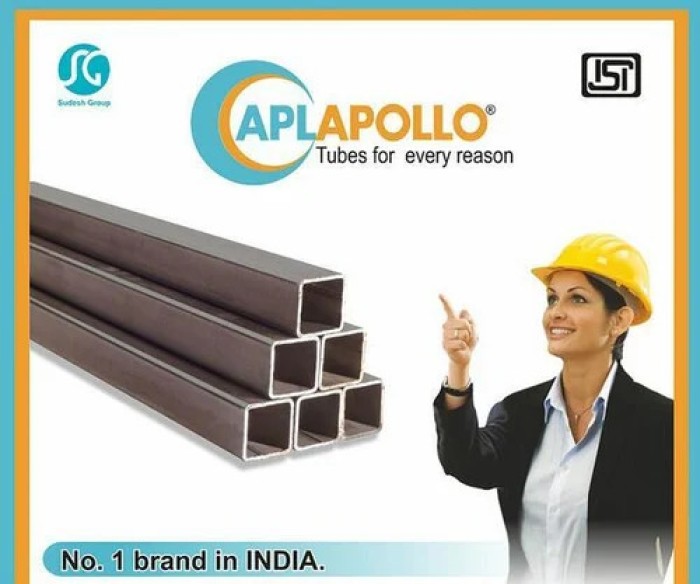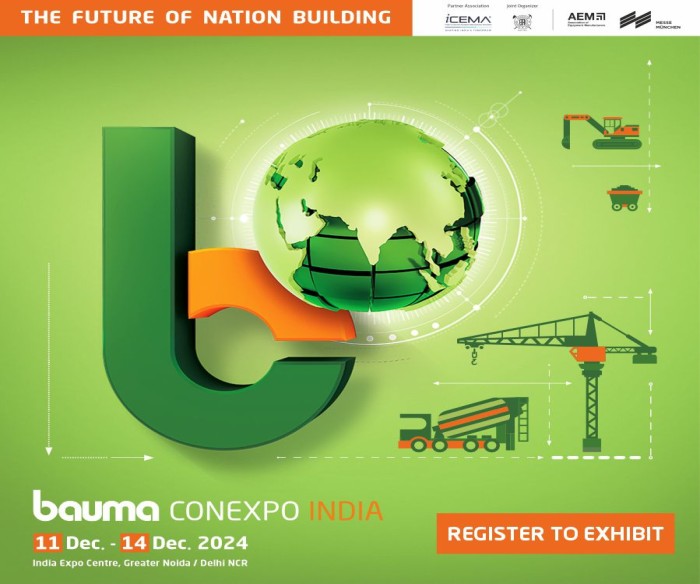Tyre Sectors in India on A Roll, Literally!
With the growing insistence to lower emission levels and enhance fuel efficiency in vehicles, besides reducing weight, the Indian tyre industry is embracing new trends in the manufacturing process to meet the changing market dynamics and cater to the latest demands of the OEMs (Original Equipment Manufacturers).
The Indian tyre industry is emerging as a force to reckon with in the global tyre manufacturing ecosystem. The industry has undergone a metamorphosis of sorts in the last few years and has received global recognition too. The tyre industry has come to represent the new global face of Indian manufacturing. New state-of-the-art radial tyre manufacturing facilities in India can vie with the best in the world in terms of technology, processes, practices and quality of products. As many as four Indian tyre companies find a pride of place among the top 30 companies in the world.
India has emerged as preferred destination for Greenfield and Brownfield investments in the tyre sector. All the top four tyre majors in the world have set up manufacturing footprint in India over the years. At the same time, leading Indian tyre manufacturers have turned multinational with manufacturing facilities outside India. India-manufactured tyres are being exported to more than 100 countries, even to some of the most discerning ones such as the US and Europe. This is just the beginning. As a fast developing nation, being the fastest growing economy in the world, India offers immense potential for the growth of the tyre industry.
The heavy investment driven tyre industry contributes 3 per cent of the manufacturing GDP when the entire automotive sector accounts for 7.1 per cent of the GDP and almost 49 per cent to the nation’s manufacturing GDP (FY 2015-16). Tyre manufacturing and tyre performance are directly linked to the emission levels.
Recording a growth of 20%, the US has emerged as the largest tyre exporting destination from India accounting for 13% share of the total exports in FY17. Top ten exporting countries include as discerning markets as Germany, Italy and UK. Also top ten countries account for 50% share of total tyre exports from India.
Tyre exports from India have recorded growth in double digits in the April-August period (FY18) for which data is available. In dollar terms, the exports touched US$675 million, a growth of 13% over export turnover in the corresponding period in the previous fiscal. From the market trends available, it looks highly likely that double digit growth will be sustained for the entire year in terms of tyre exports from India.
The tyre makers in India are gearing up to intensify their role in the modernisation phase, largely driven by demand and supply conditions as also directly proportional to automobile sales to some extent.
Besides, with increasing focus on corporate average fuel efficiency (CAFE) norms to curb the alarming levels of pollution, companies have immense pressure to build products which have minimal friction and offers higher fuel efficiency.
In this direction, the tyre manufacturers have been grappling to alter manufacturing mechanisms to meet changing trends and demands.
In this direction, the tyre manufacturers have been grappling to alter manufacturing mechanisms to meet changing trends and demands.
In this direction, the tyre manufacturers have been grappling to alter manufacturing mechanisms to meet changing trends and demands.
The companies are stepping up the manufacturing facilities with technologies that improve heat development in tyres with effort towards less usage of carbon black, which in turn contributes in lowering emissions.
Other impactful trend in the manufacturing of tyres include usage of higher component of ‘silica’ which helps in the manufacturing process and in improving tyre performance by lowering the rolling resistance as well as improving cut and chip resistance.
The passenger car tyre segment has radicalization of over 98 per cent, while its only 35 per cent in truck and bus segment and 40 per cent in light commercial vehicles tyres.
Companies are ensuring that tyres provide the best traction and on road performance which in turn increases fuel efficiency and low rolling resistance in the tire and lightweight also ensures that lesser fuel is consumed by the vehicle.
Industry analyst are of the view that the tyres made for passenger vehicles, two and three-wheelers need not have too much of carbon black as they do not have the bear the load as much as a commercial vehicle needs to.
Since these segments form a majority of the automobile sales, higher usage of less harmful raw materials such as silica can tremendously help in lowering pollution levels.
Tyre dealers in the NCR said there has been a massive change in the design and weight of the tyres now made by the manufacturers as compared to five to seven years back.
Tyre dealers in the NCR said there has been a massive change in the design and weight of the tyres now made by the manufacturers as compared to five to seven years back.
Market Dynamics
Tyre demand originates from two end-user categories - OEMs and the replacement segment. Demand from the replacement segment dominates the Indian tyre market contributing about 56 per cent of the total volume, while the OEMs account for the rest 44 percent.
Consumption by OEMs is dependent on new automobile sales trend while the replacement segment is linked to usage patterns and replacement cycles.
In the overall sales of tyres in unit terms, the commercial segment contributes about 21 per cent while the remaining comes from sales of personal vehicles which includes passenger vehicles, two and three wheelers.
Under personal segment, two and three wheelers constitute about 55 per cent sales while the passenger cars made up for the balance sales. T&B (Trucks&Buses) dominates overall commercial usage segment with followed by LCV segment. Tractor front and rear tyre segment constitute the remaining.
Raw Material
The tyre is an assembly of numerous components that are built up on a drum and then cured in a press under heat and pressure.
The tyre is an assembly of numerous components that are built up on a drum and then cured in a press under heat and pressure.
Rubber is a major component in manufacturing of a tyre. There are three categories of rubber used in the manufacturing process viz natural rubber (NR), styrene butadiene rubber (SBR) and poly butadiene rubber (PBR).
Rubber including (natural and synthetic), nylon tyre cord fabric (NTC) and carbon black constitute a significant portion i.e. 60-65 per cent of the overall raw material cost of the industry, Care Ratings said, adding hence any change in the prices of these materials impact the overall industry’s profitability. The price of rubber is prone to fluctuations and in the previous fiscal year, domestic and international rubber prices increased by about 28 per cent. It had declined by 24 per cent and 15 per cent y-o-y for previous two consecutive years.
The reason for high natural rubber price in the domestic market is due to the demand-supply gap in production and consumption of rubber in the country. Competitive prices in the international market also leads to high imports.
Exports
Tyre exports are estimated to grow by 8-10 per cent over the next three years led by stable demand and increased acceptance of Indian tyres in overseas markets, both in terms of quality and pricing. It was around 9 per cent in FY 2018.
However, with rising penetration of low cost Chinese tyres in overseas markets, especially post the removal of anti-dumping duty (ADD) by the US on the Chinese tyres in February 2017, competition from China (both in terms of volumes and pricing) will remain a key challenge, as per and ICRA note.
For FY 2019, the unit and tonnage growth is pegged at 8-8.5 per cent and 6.5-7 per cent, respectively. Currently, India’s contribution to the global tyre trade is USD 1.5 billion (1.72 per cent) out of the $80 billion market. ATMA expects export sahre to increase to about 5 per cent given that the industry is highly competitive and there is a headroom for tyre exports.
Top destinations for exports include US, Germany, France, UK, Italy, Spain, Turkey, Netherlands, UAE, Brazil and Australia.
The US and EU countries are the top potential markets for exports, and the driving factor would be the Government signing trade agreements with these countries which can provide concessional tariff for tyres.
Challenges
A DIPP report highlights that rubber (tyres) is one manufacturing industry that has been affected by large imports from China. Due to a slowdown in the Chinese economy, their tyre manufacturers often dump their products in the Indian market which affects the domestic industry.
Although the government has imposed anti-dumping duty, but that is based on loss of profit and is not a deterrent.
Besides, reports suggest that illegal or illicit imports are also a cause for concern.
The share of imports from China has gone up to over 50 per cent from just about 20 per cent in the last five years, as per the data available with Automotive Tyre Manufacturers Association (ATMA).
Due to rising imports, the domestic industry has been lingering with decline in production and the capacity utilization of plants has remain subdued. Other challenge in India is the inverted duty structure for the tyre industry which adds pressure to the players. Analyst said the duty structure needs to be corrected by increasing the customs duty on tyres to keep it at par with the duty attracted by natural rubber, which will help the domestic industry to be competitive.
Inverted duty structure is where the key raw material attracts higher customs duty than the finished product. In this case natural rubber attracts more customs duty than the completely built tyres. Also, import of natural rubber needs a prior license and declaration, which increases holding costs making the tyre industry non-competitive.
Furthermore, trade agreements have affected the domestic industry as concessions are provided on customs duty on finished tyres from countries with which India has an FTA (Free Trade Agreement) but not on natural rubber. Natural rubber falls under the negative list and therefore it increase the cost of tyres made in the domestic market.
Besides, the corporate income tax in India is higher than many other countries, which reduces competitiveness in the Indian tyre industry. In terms of raw material, both natural rubber and crude are controlled by the external environment and little can be done to control the raw material price movement.
Outlook
As per reports, Tyre OEM segment is expected to witness higher growth in the next two fiscals fuelled by robust automobile sales.
The fuel prices were on the rise for quite sometime now but have been on a decline for the past two weeks. Therefore, with expectations that the price will go down besides lower cost of ownership of vehicles, push on manufacturing and higher infrastructure spend is expected to result in further growth of the automobile sector.
With stable automobile sales, the tyre industry is set to gain in the OEM space.
A Care Ratings report said tyre manufacturers supplying to Commercial Vehicle, Passenger Vehicle, and Tractors segment are expected to benefit the most in the near term as the outlook for these auto segment in the Indian Market is relatively more positive.
On the other hand, the report suggested by FY 2019, about Rs 70 billion worth projects are to be completed adding another 12 million unit capacity to the industry. Going forward, significant capex will put pressure on the utilisation levels and hamper the operational margins of the players.
Analyst said sales are expected to grow about 10 per annum and domestic and export demand for tyres is expected to remain robust during this period on the back of strong growth prospects for Auto OEMs as well as the stable replacement market. ATMA said the tyre industry being an integral part of the automotive industry is likely to reach levels of Rs 2,074-2,423 billion by 2026.
The Government of India and Indian Automotive Industry has developed a collective vision plan referred to as ‘Automotive Mission Plan 2016-26–AMP 2026’.
The AMP 2026 aims to propel the Indian Automotive Industry to be the ‘Engine of the Make in India Programme’. The objective of AMP 2026 is “where the vehicles, auto components and tractor industry should reach over next ten years in terms of size, contribution to India’s development, global foot print, technological maturity, competitiveness and institutional structure and capabilities”.
Employment
The Annual Survey of Industry (ASI), MOSPI data reveals that the tyre industry provides direct employment to more than 0.15 million people, which is about 0.12 million in the organised sector. It also provides livelihood to over 1 million people such as retreaders, dealers and repairers directly and indirectly associated with the industry.
Further, employment generated by the industry in services such as tyre repairing, air filling, etc is also very significant.
Growth of the tyre industry is inextricably linked to the economic growth. As India has regained the mantle of the fastest growing economy in the world and a faster growth is projected for the coming years, the tyre industry is expected to grow in the same measure. The industry will be a direct beneficiary of the increase in infrastructure spend that the Government has envisaged.














Leave a comment